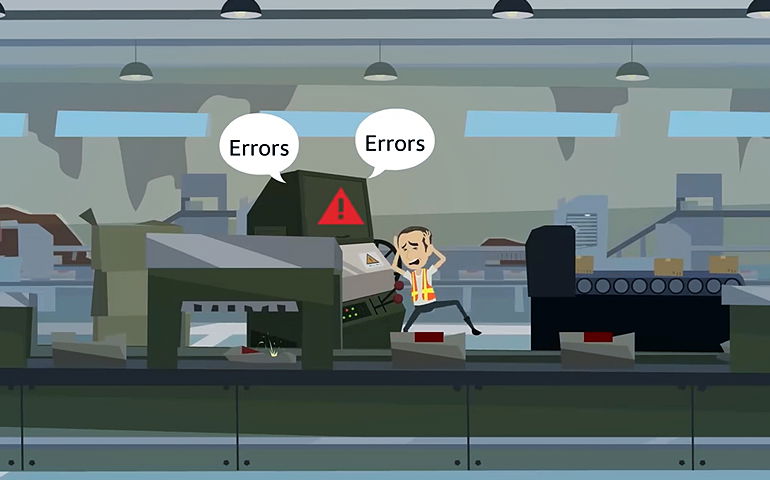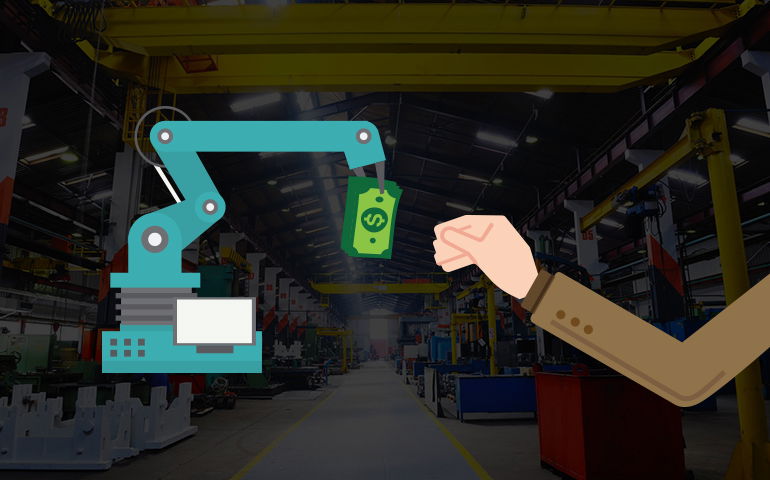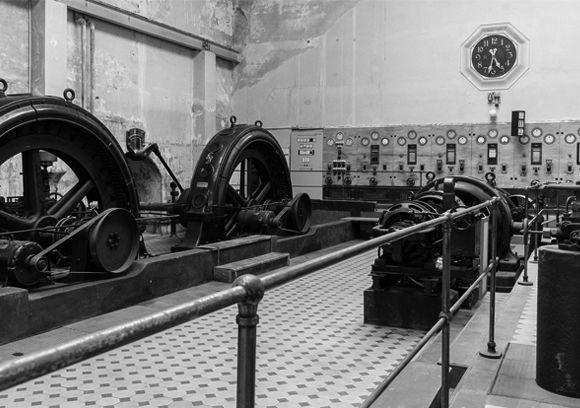Whether you talk to the plant manager of:
- a factory that’s kicking out one car per minute;
- the production lines of the world’s largest pasta-making factory in Italy that’s producing 388 tonnes of pasta per hour; or
- one of the world’s largest wastewater treatment plants that’s purifying 1.2 billion gallons of water every day,
every plant manager has a common concern: how to keep machines running to the best of their ability. Because lost production, delayed customer orders, waste of human resources, and overtime are just some of the negative impacts of machine downtime. It’s no secret that manufacturing downtime impedes to achieve production efficiency and effectiveness, but there are ways to reduce downtime occurrences and, in turn, improve manufacturing efficiency.
[workshop_avnet_1920]
Downtime is already a multi-billion-dollar problem for manufacturers. While downtime is undoubtedly the barrier to production efficiency and effectiveness, Softweb’s Smart Asset Monitoring Solution not only takes care of the machine downtime, but also helps manufacturers to improve the usefulness of the asset by monitoring asset KPIs. Nonetheless, to reduce machine downtime, manufacturers can count on the following three things.
1. First and foremost, know how you currently track your OEE and downtime
The manufacturers who are not tracking OEE (Overall Equipment Effectiveness) or downtime at all, chances are they are losing money every day. The concern here is not to gain insights into whether the manufacturing site has downtime occurring or not – every plant does – but to know “how much” and “how can” manufacturers decrease downtime and improve OEE.
The larger the plant, more essential tracking production efficiency and downtime becomes. The method of manual tracking is widely used, but it is rapidly shrinking with the adoption of predictive maintenance technology. It offers a simple way to monitor machine performance, thus fine-tuning OEE and minimizing downtime. The technique utilizes one or more sensors to stream machines’ real-time data into a computerized maintenance management system (CMMS) and predicts potential failures in real-time. Here are the 10 must-have sensors to track OEE and machine downtime. The most significant advantage of predictive maintenance is speed. It allows operators, maintenance technicians, and production supervisors to fix downtime issues as they happen, instead of weeks later. Accuracy is another benefit. The system is not only limited to informing plant managers about how much downtime occurs, but also track precisely when, where, and why a downtime happens. To troubleshoot downtime problems quickly and efficiently, this kind of speed and accuracy are crucial.
To know predictive maintenance in details, you may go through:
- Predictive maintenance in manufacturing
- Getting started with predictive maintenance
- Predictive maintenance use cases in the manufacturing industry

How the asset-intensive industry is driven by cognitive anomaly detection
Webinar agenda
- Introduction
- Remote monitoring to improve transparency
- Common challenges to traditional approaches to anomaly detection
- Cognitive anomaly detection with AI
- Common myths vs reality
- How to implement cognitive anomaly detection
- Q & A
2. Understand which plant employees can have the remarkable impact on downtime and inspire them to do their jobs well
To understand the effect of small mistakes on big disasters – ask the scientists and engineers who worked on the Mars Climate Orbiter and lost a $327.6 MM spacecraft due to confusion in converting mathematical units of measurement.
In a scenario, when 70% of machine downtimes can be attributed to user error, understanding which plant employees are having the remarkable impact on downtime is one of the determining factors in running machinery smoothly. A proven operator will not only diagnose and fix the machines but can prevent future downtime events through maintenance schedules and accurate documentation. Now, what if manufacturers enable them to upskill and understand their role in boosting productivity and better service machines? They may even have suggestions on how to minimize downtime or improve production functionality. Henceforth, by inspiring those team members who are having the remarkable impact on downtime, manufacturers can expect fewer operator-instigated slowdowns.
3. Data alone is not enough. It’s the story behind the numbers that manufacturers should be looking for
Many manufacturers believe that to improve OEE and reduce downtime, the most powerful weapon is information. It’s true that the more information anyone has, the better equipped the particular manufacturer will be. However, we say no matter how much data manufacturers collect about production and downtime, data without analysis is absolutely of no use. And the best way to find the story behind the numbers is through the power of comparison. In fact, analyzing production and downtime information is all about making comparisons. Comparisons between machines, people, and raw materials may lead to increased production efficiency, particularly when the organization has multiple production facilities.
What if, a manufacturer can…
| Compare Machines | Compare People | Compare Materials |
|---|---|---|
| Production supervisors can start comparing production rates of a machine in different departments or production facilities and identify the machine(s) causing the substantial loss in efficiency. | Plant managers can observe if a particular operator on different production lines is responsible for a drop in production. Hence, to better train the employee or move them to a location that’s better suited for them, management may intervene. | No doubt, right materials are needed to produce a quality product. Using smart technology, manufacturers can compare raw material vendors based on which raw material runs through production lines more efficiently and decide further business. |
Bonus Tip: The other less obvious productivity killers are environmental factors, material handling convenience, and keeping spare parts and replacement inventory low.
We understand that each plant is different with its list of challenges. Be it the challenge of limited control over machines, sudden machine breakdown, lack of a sophisticated documenting system, inefficient machine performance tracking, or unable to meet maximum machine productivity – Softweb Smart Asset Monitoring solution gives manufacturers the confidence to improve their plant’s OEE and reduce downtime with solid information and analysis.



